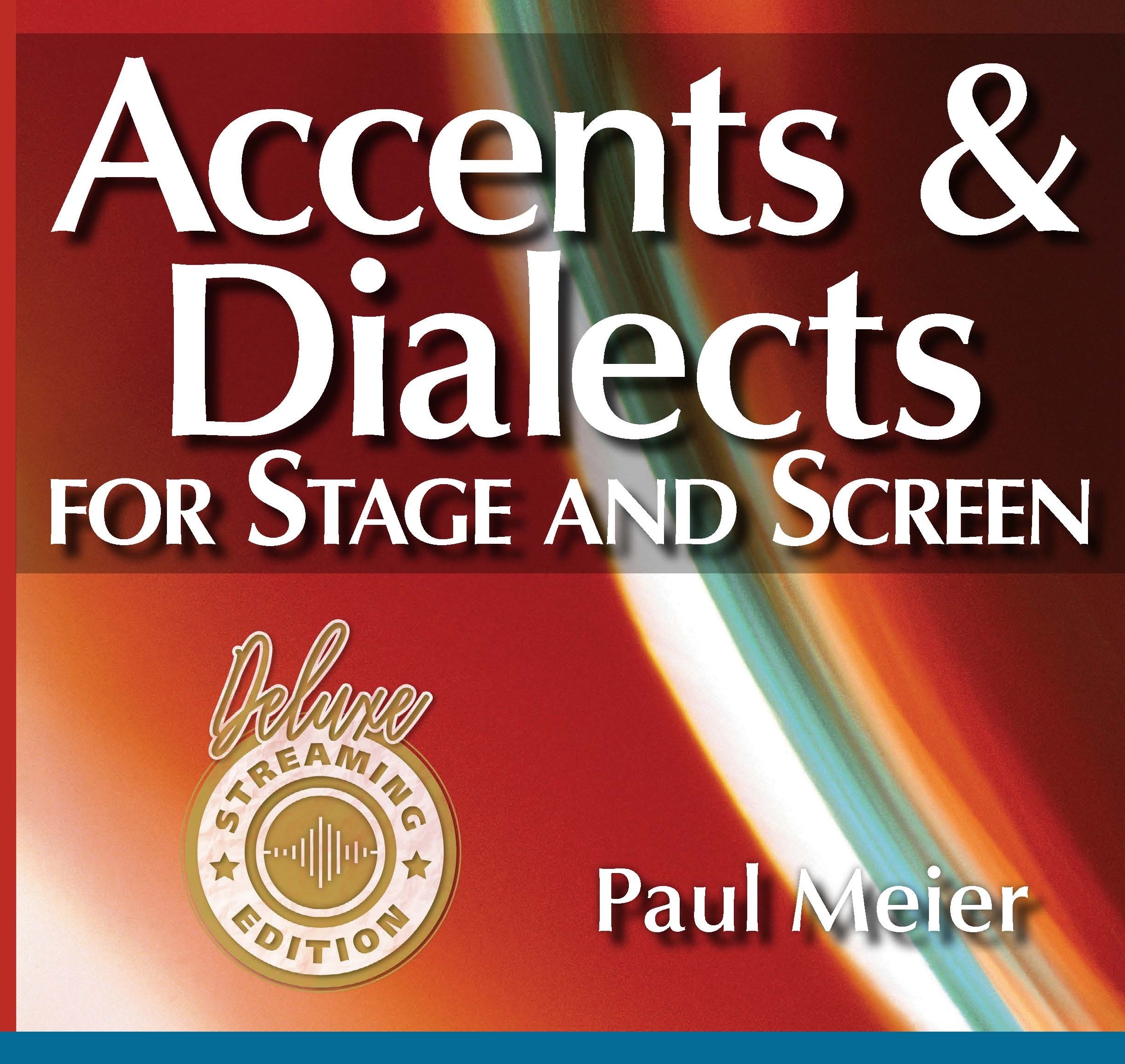Alberta 6
Listen to Alberta 6, a 42-year-old man from Camrose, Alberta, Canada. Click or tap the triangle-shaped play button to hear the subject.
Both as a courtesy and to comply with copyright law, please remember to credit IDEA for direct or indirect use of samples. IDEA is a free resource; please consider supporting us.
Audio PlayerBIOGRAPHICAL INFORMATION
AGE: 42
DATE OF BIRTH (DD/MM/YYYY): 22/06/1977
PLACE OF BIRTH: Camrose, Alberta
GENDER: male
ETHNICITY: White/Canadian
OCCUPATION: dealer in agricultural equipment
EDUCATION: college
AREAS OF RESIDENCE OUTSIDE REPRESENTATIVE REGION FOR LONGER THAN SIX MONTHS:
The subject spent nine months in Norway in 1995.
OTHER INFLUENCES ON SPEECH:
This subject had some difficulty pronouncing “R-colored” vowels as a young child and took lessons from a speech language pathologist to improve articulation.
The text used in our recordings of scripted speech can be found by clicking here.
RECORDED BY: Marie Warkentin
DATE OF RECORDING (DD/MM/YYYY): 27/12/2019
PHONETIC TRANSCRIPTION OF SCRIPTED SPEECH: N/A
TRANSCRIBED BY: N/A
DATE OF TRANSCRIPTION (DD/MM/YYYY): N/A
ORTHOGRAPHIC TRANSCRIPTION OF UNSCRIPTED SPEECH:
Ah, I grew up in a rural area, very, um, pretty much the only house on the road. So, the nearest neighbor was over a mile away, um, probably almost two miles away really so, we could ride our bikes as far we really felt we could back when we were kids, and there’d be nobody around or nobody to meet. There — couple trucks a day on, on the gravel road but basically just ourselves for sure, growing up.
Um, our neighbors growing up, we would — anybody that lived within ten miles we would really consider a neighbor, I guess. Um, as I got older into my teenage years, I suppose my favorite neighbor was one that lived, um, two or three miles away. They were big into cattle, and, and he actually hired me, uh, to work for them in the farming season and, and putting up hay for the, for their cows; and, and one winter he actually got me to fill in and feed the cows for a couple days while they were gone on a holiday, so, that was kinda neat doing stuff that we didn’t do growing up on our farm. Um, so, yeah, that’s kinda, a story about — um, he was older than mom and dad, but, but he hired me, so I looked up to him that way. Probably I drank my first beer working for him, actually, when I was fifteen.
TRANSCRIBED BY: Adam Lane Bergquist
DATE OF TRANSCRIPTION (DD/MM/YYYY): 09/07/2020
PHONETIC TRANSCRIPTION OF UNSCRIPTED SPEECH: N/A
TRANSCRIBED BY: N/A
DATE OF TRANSCRIPTION (DD/MM/YYYY): N/A
SCHOLARLY COMMENTARY:
Some classic Canadian dialect markers are evident here in NORTH/FORCE [ɔr] words such as “story,” “for,” “sorry,” and “territory,” as well as a movement toward [oː] in GOAT words such as “so,” “old,” and “goat.” [ə] can also move toward [o] when it’s used in the spelling of a word such as “official.”
Greater release of medial and final “T” is apparent when reading but diminishes in free speech.
Rhoticity: “R” is often retroflexed with the tongue bunched and the blade pulled toward the back of the palatal area being realized as [ɻ]. This feature becomes even stronger in free speech and is highlighted well in words with [u] and [o] vowels such as “rural” [ɻuːɫ] and “road” [ɻoːd].
A strong Canadian marker appears in the [aʊ] diphthong in “house,” “about,” “out,” and “cows,” tightening up and moving toward [ʌʊ].
There is no liquid “u” realized on “duke” or “tune.”
The mouth seems to be fairly tight in the jaw and lips. Little movement here leads to shorter diphthongs and tighter phrasing.
The rhythm and prosody is fairly flat, with a little bounciness here and there. The speaker spent some months in Norway as a young man and may also be influenced by a plurality of Scandinavian heritage in the area.
Delivery can have a bit of a staccato quality with several dropped sounds and shortened diphthongs (possibly related to the tightness in the jaw). Examples heard here include “suppose” [spoːz], “probably” [ˈpɹɒbɨ], and “really” [ˈɹɪˑlɨ]. This may be another echo of a Scandinavian background.
Overall, this is an excellent sample of rural Albertan, with the subject having spent his entire life on farms and in small towns in both central and southern parts of the province.
COMMENTARY BY: Adam Lane Bergquist
DATE OF COMMENTARY (DD/MM/YYYY): 09/07/2020
The archive provides:
- Recordings of accent/dialect speakers from the region you select.
- Text of the speakers’ biographical details.
- Scholarly commentary and analysis in some cases.
- In most cases, an orthographic transcription of the speakers’ unscripted speech. In a small number of cases, you will also find a narrow phonetic transcription of the sample (see Phonetic Transcriptions for a complete list). The recordings average four minutes in length and feature both the reading of one of two standard passages, and some unscripted speech. The two passages are Comma Gets a Cure (currently our standard passage) and The Rainbow Passage (used in our earliest recordings).
For instructional materials or coaching in the accents and dialects represented here, please go to Other Dialect Services.
 IDEA: International Dialects of English Archive
IDEA: International Dialects of English Archive


